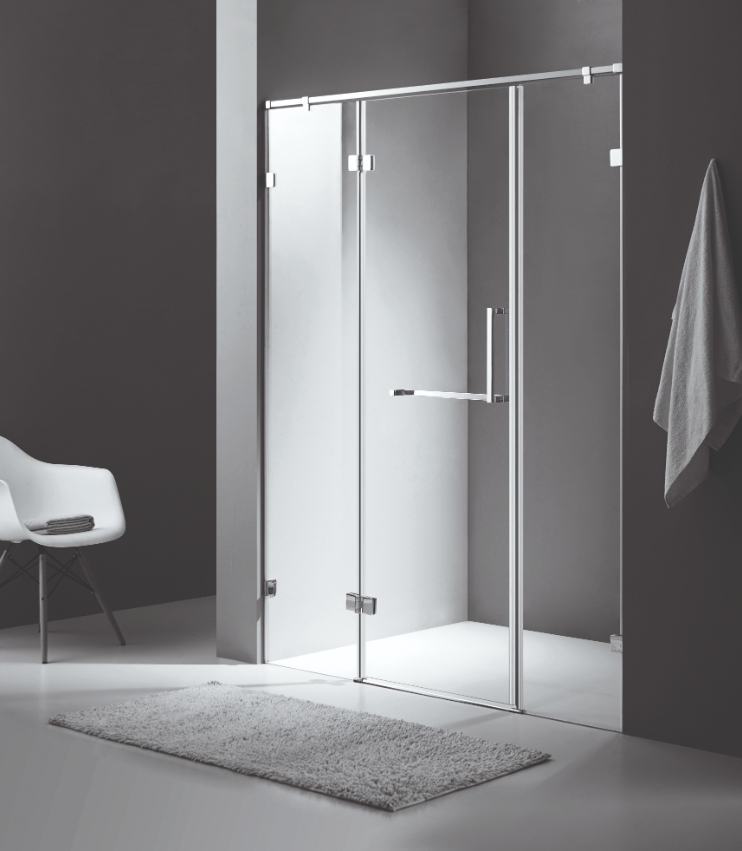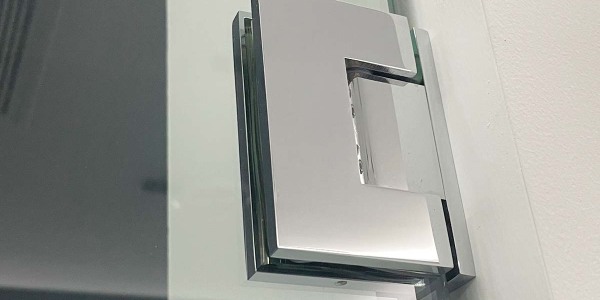Commercial Frameless Shower Door Installation: Best Practices and Common Pitfalls

Frameless shower doors have transcended the boundaries of upscale homes and now dominate the aesthetics of modern commercial bathrooms. Their minimalistic charm and unbroken glass lines offer a sophisticated, open feel that enhances any architectural style. In commercial settings—hotels, gyms, spas, and office complexes—the appeal is as much about appearance as it is about durability and performance. However, this elegance demands meticulous execution. Improper installation can lead to functional failures, structural damage, and even safety hazards. Precision is paramount in high-use areas where durability is non-negotiable.
Pre-Installation Planning
Site Assessment and Structural Considerations
Before a single pane of glass is ordered, the site must undergo a rigorous assessment. The substrate—whether tile, concrete, or stone—must be capable of supporting both the static and dynamic loads of a frameless glass door. Wall plumbness and floor levelness can significantly affect alignment. Even minor irregularities may necessitate custom glass fabrication or shim adjustments.
Measuring Tolerances and Custom Fitting
Commercial frameless doors demand millimeter-perfect measurements. Standard sizes rarely suffice due to architectural variances. A laser level and digital caliper should be employed to measure the width and height at multiple points. Every contour and deviation must be accounted for in the glass cut. Oversights here can result in costly reorders and delays.
Compliance with Commercial Building Codes
Every region enforces specific glazing codes—particularly concerning safety glass, access clearances, and barrier-free design. ANSI Z97.1 and ASTM C1036 standards must be met, alongside ADA requirements where applicable. Permits, too, may be required, depending on the municipality. Compliance ensures not just safety, but liability protection.
Custom Standard Duty Shower Hinge
Material and Hardware Selection
Choosing the Right Tempered Glass
Commercial frameless doors typically use 3/8" or 1/2" thick tempered safety glass. This glass undergoes thermal treatment to increase strength and ensure it breaks into pebble-like fragments rather than dangerous shards. Clarity options range from ultra-clear low-iron glass to patterned or frosted finishes for privacy.
Selecting High-Grade Hinges and Brackets
The hardware acts as the skeleton for your installation. Heavy-duty brass or stainless steel hinges rated for commercial use are essential. Pivot hinges provide superior support in high-traffic scenarios compared to wall-mounted options. All brackets, clips, and fasteners must be corrosion-resistant and compatible with the glass thickness.
Seals and Sweeps: Function Meets Aesthetics
Though frameless, these installations still require seals at joints to prevent water leakage. Transparent polycarbonate seals and door sweeps offer protection while maintaining the minimalist look. Magnetic seals for doors improve closure integrity and water resistance without sacrificing design purity.

shower glass hardware finish
Installation Process: Step-by-Step
Preparing the Workspace and Ensuring Safety
Installation begins with preparing the site. All surfaces must be clean, dry, and free of dust or debris. Protective coverings should be used to safeguard tile and flooring. Installers should wear cut-resistant gloves and use suction cups for glass handling.
Anchoring and Leveling Techniques for Vertical and Horizontal Alignment
Using pre-marked templates and a laser level, hinge locations are drilled with precision. The frame is anchored using expansion anchors and stainless steel screws. The glass is then mounted, ensuring plumb alignment both vertically and horizontally. Tolerance must remain within 1/16" for optimal performance.
Silicone Sealing and Curing Protocols
Once secured, all glass-to-wall interfaces are sealed using mildew-resistant silicone. A consistent, bead-free finish is achieved with a caulking tool. Full curing may take up to 48 hours—during which the door should remain untouched. This ensures watertight bonding and long-term durability.
90° Wall-to-Glass Beveled Edge Shower Glass Clamps
Best Practices for Long-Term Durability
Load Distribution and Stress Minimization
Avoid placing undue stress on any single hinge or clip. Proper distribution across multiple points of contact prevents microfractures over time. Hinge placement should ideally be at 20% and 80% of the door height.
Water Containment Strategies
Strategic sloping of the shower base and the use of threshold strips help direct water away from openings. Installing a drip rail at the bottom edge of the door enhances water control while remaining nearly invisible.
Routine Maintenance and Inspection Guidelines
A quarterly inspection schedule is recommended for commercial environments. Check for loosening hardware, seal degradation, and alignment shifts. Use pH-neutral cleaners to avoid etching the glass or corroding the metal fixtures.
Frameless Shower Door Hardware Manufacturer
Common Pitfalls and How to Avoid Them
Misalignment and Resulting Stress Fractures
Improper leveling during installation leads to uneven load distribution. Over time, this causes stress fractures—often beginning at the edges or corners. Using a digital level and double-checking shim placement helps mitigate this.
Inferior Hardware and Corrosion Issues
Subpar materials, especially in humid environments, corrode rapidly. This not only undermines aesthetics but also jeopardizes door stability. Always opt for marine-grade stainless steel or anodized finishes for coastal and spa applications.
Overlooking Ventilation and Mold Buildup
Inadequate ventilation traps moisture inside enclosures, leading to mold and mildew. Consider louvered designs or partial enclosures to promote airflow. Exhaust fans and regular wipe-downs also preserve hygiene and visual appeal.
Conclusion
Commercial frameless shower door installations are equal parts engineering and art. They demand a blend of exactitude, foresight, and craftsmanship. When executed with precision and care, they offer years of functional elegance, effortlessly elevating the user experience in any commercial bathroom setting.








